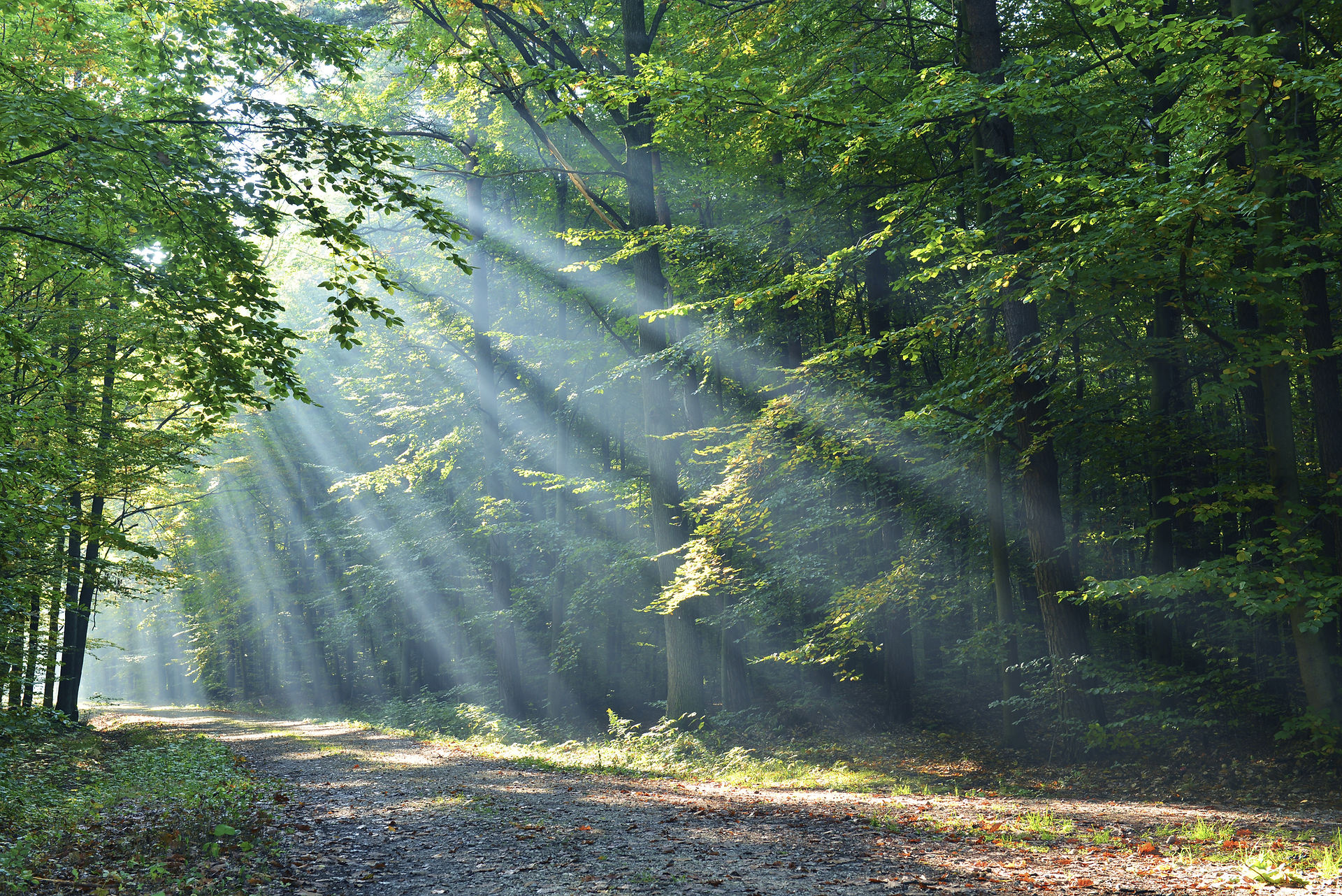- Granny Bonnet
Updated: Sep 14, 2023
May 2020
This article is given over to John Betjeman's poem about Norfolk, a county he grew to love from childhood holidays spent on the Broads. He really does manage to capture nostalgia very well. I feel a melancholic air about it and that perhaps 'the Devil' he speaks of is really a metaphor for having to be steeped in adulthood and the trials and tribulations that come with it.

Norfolk
How did the Devil come? When first attack?
These Norfolk lanes recall lost innocence,
The years fall off and find me walking back
Dragging a stick along the wooden fence
Down this same path, where, forty years ago,
My father strolled behind me, calm and slow.
I used to fill my hands with sorrel seeds
And shower him with them from the tops of the stiles,
I used to butt my head into his tweeds
To make him hurry down those languorous miles
Of ash and alder-shaded lanes, till here
Our moorings and the masthead would appear.
There after supper lit by lantern light
Warm in the cabin I could lie secure
And hear against the polished sides at night
The lap lap lapping of the weedy Bure,
A whispering and watery Norfolk sound
Telling of all the moonlit reeds around.
How did the Devil come? When first attack?
The church is just the same, though now I know
Fowler of Louth restored it. Time, bring back
The rapturous ignorance of long ago,
The peace, before the dreadful daylight starts,
Of unkept promises and broken hearts.
It is probable that Belaugh St. Peter's is the church of Betjeman's poem since it seems to have made a great impression on him when he was young: 'I was eight or nine years old when I used to come here to the Norfolk Broads on the River Bure, sailing and rowing with my father. And I think it was the outline of that church tower of Belaugh against the sky that gave me a passion for churches so that every church I've passed since I've wanted to stop and look in.'
I too share something of that passion as my children can attest. I have frequently been reminded by their adult, mock child-like voices—'Oh, look, there's a church over there...'

James Fowler, mentioned in the poem, was a Victorian Architect and mayor of Louth. He was Diocesan Surveyor for Lincolnshire from 1871 to 1886. Best known for his work restoring and building Anglican churches, he also designed houses (mainly rectories and vicarages), schools, almshouses and other buildings.






